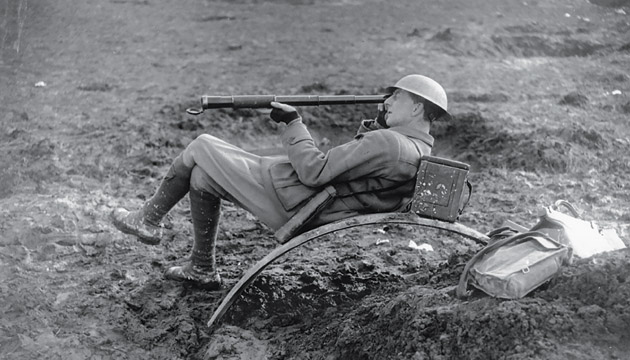Inspired by the people of the outback, Charles Bean chronicled Australia’s involvement in the Great War, helped to establish the Australian War Memorial and forged a nation’s identity.
Story Mandy McKeesick
November 11, 2018, will mark 100 years since World War I ground to its weary end. For Australia, the Great War saw a shedding of much young blood, with more than 60,000 of its sons – one soldier for every five – dying on foreign fields. Yet it was also a time of cutting English ties and forging a national identity.
The man most responsible for telling the story of Australia’s involvement in the war was Charles Edwin Woodrow (C.E.W) Bean. The official war correspondent was there when the Anzacs landed at Gallipoli, was among the troops in the trenches of the Western Front and, on his return, wrote and edited the 12-volume Official History of Australia in the War of 1914-1918 and was instrumental in the establishment of the Australian War Memorial.
Bean believed the Australian soldier was created in the dust of the outback. Travels in Queensland and western New South Wales before the war gave him a deep appreciation for not only the landscape, but for the people who called it home: “The Australian was a soldier before the war; indeed throughout the war, in the hottest fights on Gallipoli and in the bitterest trials of France or Palestine, the Australian soldier differed very little from the Australian who at home rides the station boundaries every week-day and sits of a Sunday round the stockyard fence”.
Charles Bean was born in Bathurst, NSW, in 1879.
This story excerpt is from Issue #121
Outback Magazine: October/November 2018










